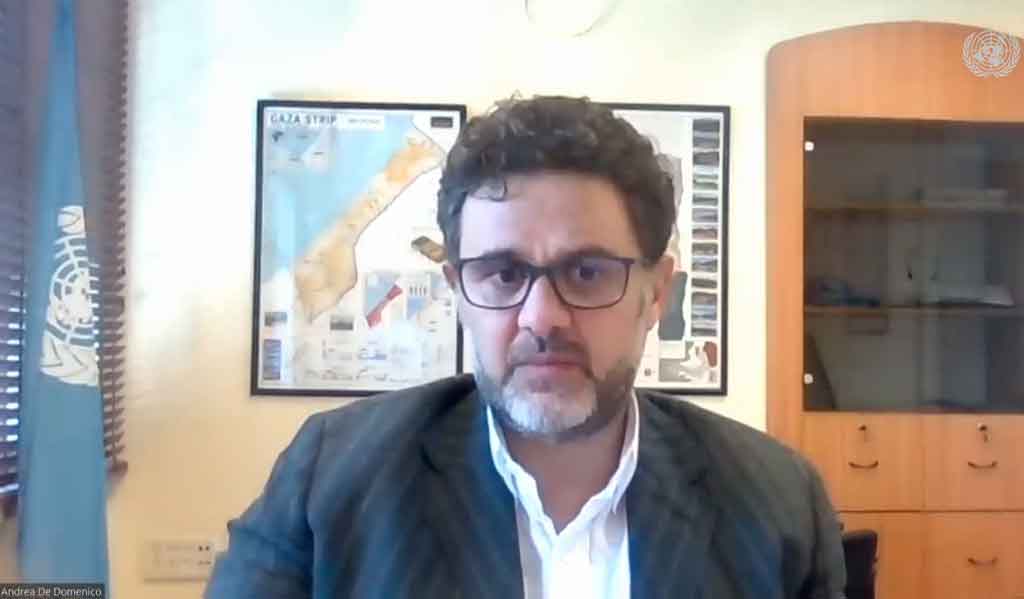As a result, 1.9 million people are now internally displaced, forced to restart their lives over and over again, Andrea De Domenico told reporters during a virtual briefing from Jerusalem.
The official expressed concern over new Israeli evacuation orders to clear the Khan Yunis area affecting nearly 250,000 Palestinians, many of whom are leaving a settlement again.
People are afraid and are dominated by that feeling, De Domenico warned citing testimonies of people forced to move more than eight times since October 7.
‘In Gaza, all areas are front line and the fact that the civilian population cannot go anywhere to find safety is the main feature of the conflict,’ the official added.
The humanitarian coordinator stressed the hardships this poses in addition to providing aid, as the orders include UN personnel and other NGOs.
In October, Israel forced aid workers to move south and set up operations in Rafah until May when new arrangements again ‘suggested’ leaving that border demarcation with Egypt.
‘There is no other place on the planet where we know that the population cannot withdraw from the military zones and cannot be separated,’ the official stressed.
Humanitarian aid is vital in the complex scenario in the Strip, where nearly 96 percent of the population remains in a catastrophic situation of food insecurity.
Meanwhile, the United Nations financial appeal to address the crisis has barely reached 35 percent of the 3.4 billion dollars requested.
mh/abo/ro/ebr









